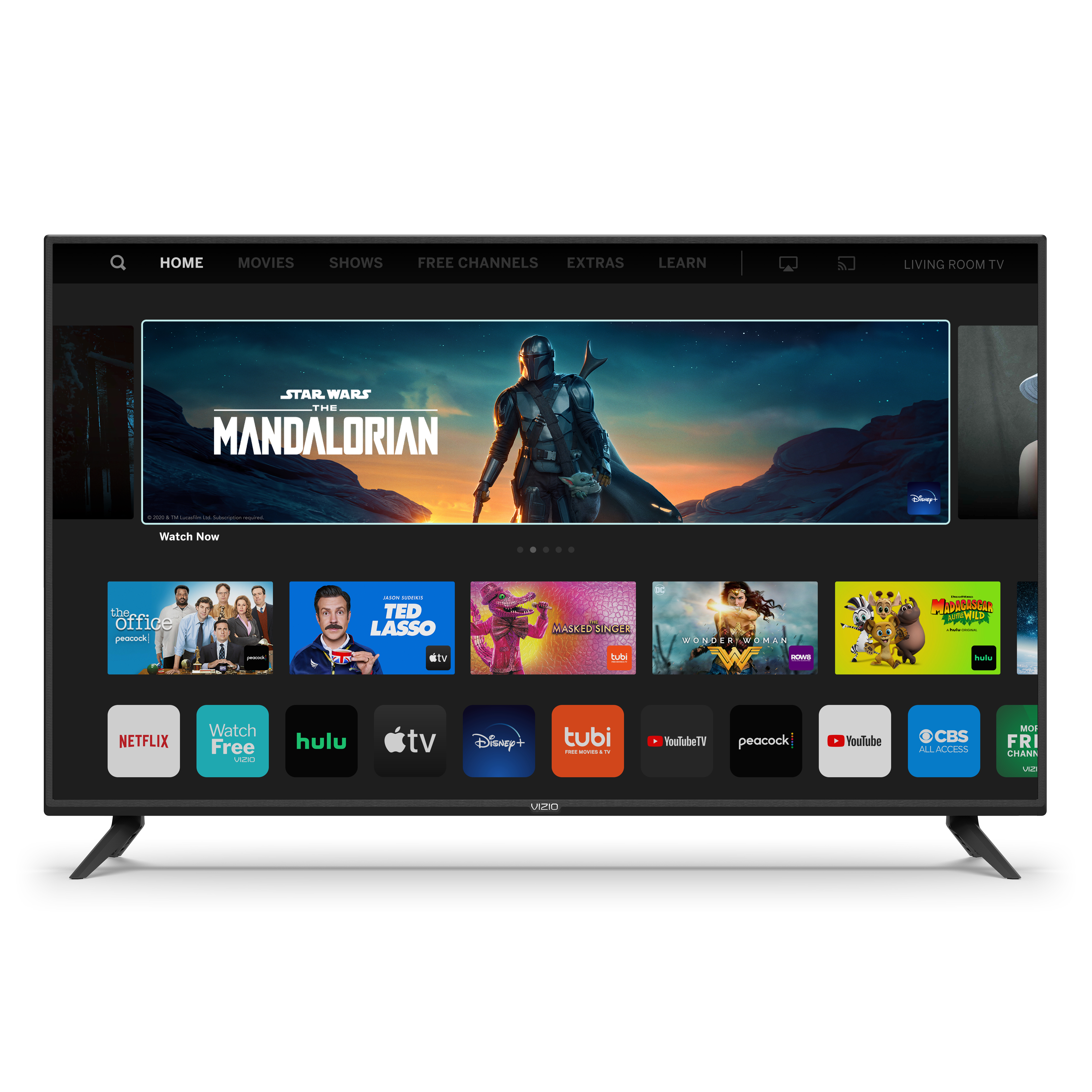
There’s been general agreement in the video industry that the most noteworthy part of Vizio’s first post-IPO earnings call announcement was how quickly the company’s data and advertising business has grown, especially in comparison to its device business.

While Vizio’s device business grew revenue by 47%, its advertising and data arm, called Platform+, saw gross profit more than double while revenues rose a whopping 120%.
Vizio made $38.4 million from its Platform+ business in the Q1, vs. $48.2 million from devices. It’s not hard to imagine a not-so-distant quarter in which most of the company’s money comes from selling ads.
Fueling that revenue boost is a 70% increase in time viewers spent with the platform, along with a 57% increase in the number of actual accounts, which now stands at 13.4 million.
For those of us deep in the weeds of the Streaming Revolution however, Vizio’s numbers were not all that surprising.
There’s been a quiet revolution-within-a-revolution going on in the streaming world these past few years, as smart TV OEMs like Vizio, LG and Samsung have all launched their own content, advertising and data businesses, in what until now has been a fairly under-the-radar development.
The impetus for this is pretty clear. Roku, which licenses its OS to various smart TV OEMs, was the first to shift from a hardware-based business model to an advertising and data-based one, and as their until recently soaring stock price indicates, they have been most successful.
NEXT TV NEWSLETTER
The smarter way to stay on top of the streaming and OTT industry. Sign up below.
The smart TV OEMs saw this, realized that they had an even bigger advantage in that they owned both the hardware and the software, and pounced.
To begin with, they took a hard look at their user interfaces. In the early years of streaming, interfaces were an afterthought, as the assumption was that the TV would be hooked up to a cable box, which would provide the primary interface, and so anything else was just icing on the cake.
That all but ensured that early days smart TV interfaces were confusing, outdated and otherwise sub-par. It also ensured that a device like Roku, which made interface a priority, would have an easy path to gaining market share.
Roku’s interface won’t win any design awards, but the iPhone-like design is clean, intuitive and easy to use. You click on a tile, the app launches and you’re in.
The smart TV OEMs soon realized they needed something to put on their newly improved interface other than other people’s programming, the various Flixes, FASTs and niche channels that were fueling the streaming revolution. The solution was to create their own FASTs, free-ad supported streaming TV services that allowed them to offer the consumer hundreds of streaming channels for free the minute they took the television out of the box.
Having their own content also allowed the OEMs to sell ads against that content, thus launching their own ad sales business, one that could make use of their ACR (automatic content recognition) data collection business.
As hardware owners, the smart TV OEMs offer advertisers several key advantages, particularly around frequency capping.
Using their ACR data, which allows them to track whatever is “on the glass”, the OEMs are able to track what is being watched across linear, VOD and streaming and to know which ads the viewer has been served over the course of a day. That means they are able to institute frequency capping regardless of whether the viewer spent part of the day watching the local ABC broadcast station, part of the day watching Tubi, part of the day watching Hulu and part of the day watching the OEM’s own FAST.
That’s a big advantage at a time when a major viewer and advertiser complaint about TV right now is that they’re seeing the same three or four ads over and over again, regardless of what they’re watching it.
The data the OEMs collect via their ACR capabilities is also quite useful to advertisers, as it gives them a clear view of who saw their ads on the OEM’s own FAST channels and which of those viewers they’ve been missing on traditional linear. In practice this has meant that the OEMs, with their advertising and measurement capabilities, have become a go-to source for advertisers looking to achieve incremental reach by targeting viewers they’ve missed on linear as well as viewers they want to double down on.
The OEM offering is still far from perfect. Some advertisers note that the programming at present is all library content which they feel is great for filling in reach, but not at the same level as the original programming available on ad-supported Flixes like Hulu and Peacock.
There’s also the limited audience, a problem that’s cited across the board with CTV, but is important for advertisers looking to make a big national buy. While OEM ad sales units have access to some inventory outside of their own FASTs, it’s limited and advertisers still need to go outside their ecosystem to create a full CTV buy.
Still, many are excited by the possibilities the OEMs offer. “The OEMs are going to be the MVPDs of the streaming world.” one agency executive told me recently. “They control which content owners get to be on their distribution platform and they have advanced ad platforms with access to ad inventory from their own content as well as inventory from many of the apps they carry.”
It’s a logical call and OEMs as gatekeepers for the new streaming TV ecosystem seems an increasingly likely development. As such, watch for them to strike deals with broadband providers, either MVPDs or the new fixed-wireless 5G internet to the home.
Alan Wolk is the co-founder and lead analyst for media consultancy TV[R]EV

